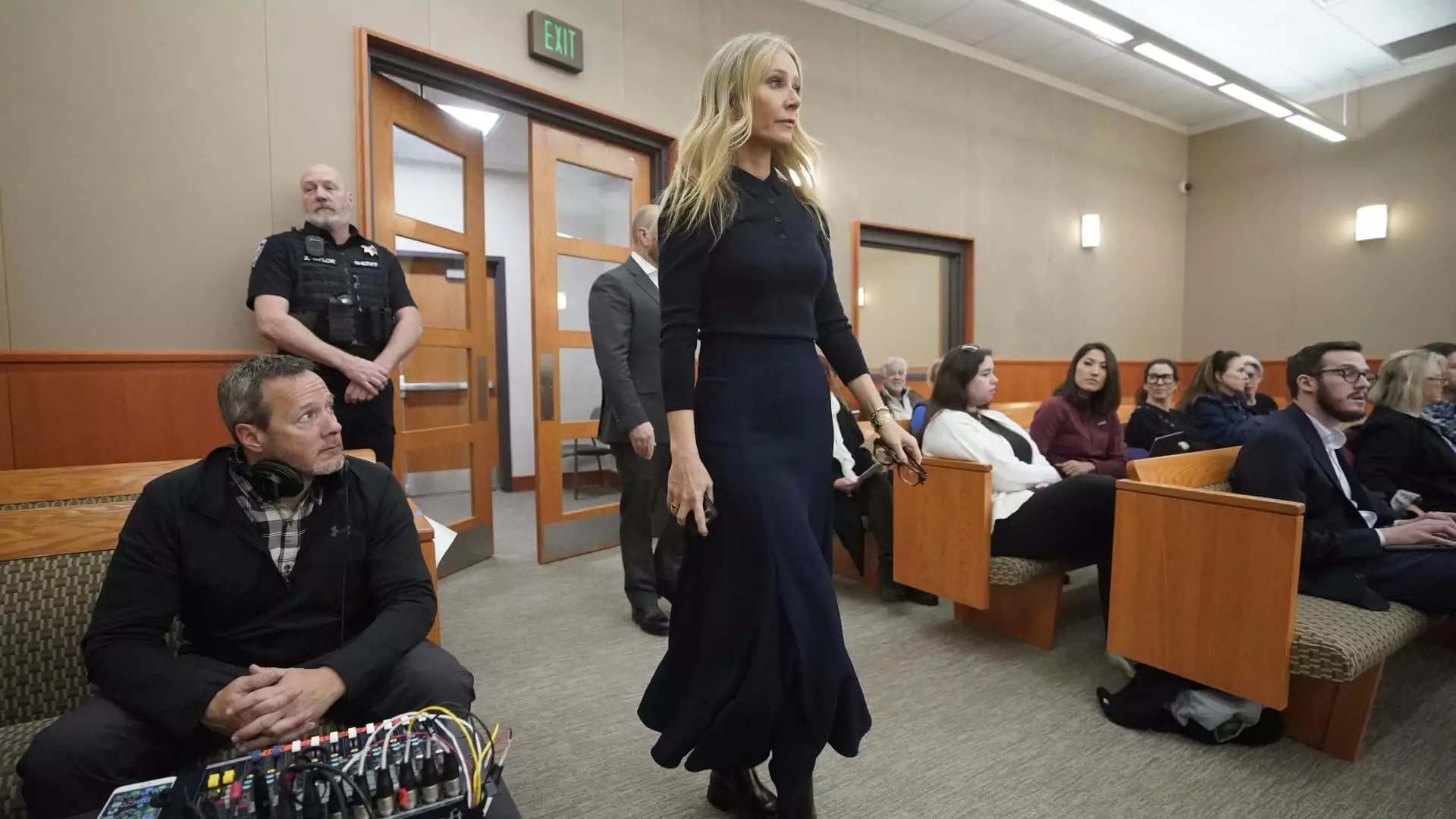In the ever-evolving world of fashion, trends come and go with lightning speed. However, a subtle shift has been observed recently – the return of “old money style” as the new face of quiet luxury. This trend, characterized by expensive materials in muted tones, gained popularity after Gwyneth Paltrow’s ski accident trial last March. Despite the economic uncertainties faced by many Americans, the allure of quiet luxury has persisted, offering a sense of sophistication and refinement.
The Essence of Old Money Aesthetic
Old money style exudes a timeless and classic look that is not dependent on generational wealth. It emphasizes understated colors and high-end craftsmanship, distancing itself from the flashy logos and bold color palettes of past economic peaks. This aesthetic, encompassing quiet luxury, classic prep, and even a touch of “mob wife,” reflects the current economic climate. In the wake of the Covid-19 pandemic, the K-shaped recovery further exacerbated financial disparities, leaving the wealthiest Americans in an even more advantageous position than before.
As consumers become more conscious of their purchasing decisions, there has been a notable shift towards investing in pieces that can withstand the test of time. This move away from fast fashion, known for its sustainability issues and environmental impact, has paved the way for quiet luxury to remain relevant. By focusing on neutral tones and monochromatic looks, individuals can achieve a sophisticated and elegant aesthetic while minimizing their environmental footprint.
Embracing old money style does not necessarily require a hefty budget. By exploring vintage clothing and accessories through secondhand shopping, individuals can achieve a “big money” look without breaking the bank. The key lies in investing in quality items that are built to last, rather than succumbing to the allure of disposable fashion. This mindful approach to shopping not only exudes glamour but also aligns with the principles of sustainability and longevity.
Amidst rising inflation and economic uncertainties, the concept of quiet luxury has taken on a new significance. Rather than striving to keep up with trends or peer pressure, consumers are encouraged to seek out quality pieces that transcend fleeting fads. As Carolyn McClanahan, a certified financial planner, aptly puts it, “Find quality things that last a lot longer – that’s better than throwaway pieces.” This paradigm shift towards mindful consumption is not only beneficial for individuals but also for the environment as a whole.

